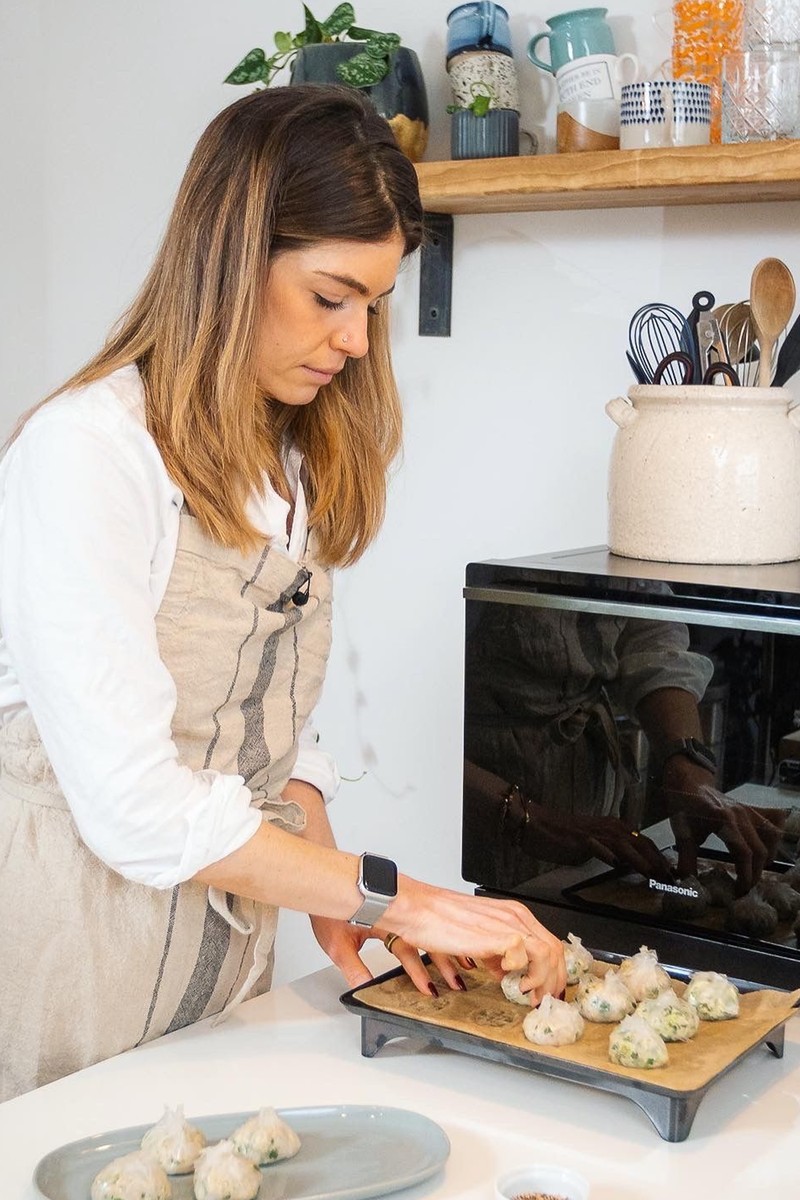A Nutritional Therapist Shares Her Healthy Kitchen Staples
I always start the day with eggs. Rich in protein and healthy fats, they’re a great choice. Most days, I’ll scramble one egg plus two egg whites with herbs, courgette, aubergine, cavolo nero and mushrooms. I’ll also add some poached salmon, chicken, nitrate-free bacon or a Swaledale Butchers grass-fed sausage. The final piece of the puzzle will be some fermented veg, olives, slices of avocado or activated nuts and seeds. On the days I fancy something sweet, I’ll make a chia and flax porridge with Sojade organic soya yoghurt, cinnamon and nuts.
Coffee can throw your energy levels off balance. I had chronic fatigue in my 20s and tread a fine line between enjoying coffee in the morning and it coming back to bite me with disturbed sleep, jitters and sugar cravings. When coffee and I are on good terms, I’ll have a half-caffeinated long black blended with one tablespoon of organic MCT oil when I get back from walking the dog. I never have more than this, and if I do find myself craving another, I’ll skip it entirely for the next few days to keep my energy on track. Mushroom lattes and herbal teas are a good caffeine alternative that keep my adrenal system in check.
Electrolytes keep you hydrated. Throughout the day, I drink filtered water with Elete electrolytes; in the summer, I add ice cubes made with fresh ginger tea. I’m also a fan of sparkling water but cap this at 500ml per day away from meals to avoid disrupting digestion. If I fancy something different, I’ll go for a Dash or Aqua Libra. I’m also partial to a celery juice after lunch on a sunny day.
Superfood powders are a staple in my kitchen. These are very much an addition to my routine and should never be a foundation for health or a substitute for a poor diet, but they can provide a good dose of nutrients. I enjoy chlorella, medicinal mushrooms, ashwagandha, maca, ceremonial cacao and moringa. Most days, I make a litre bottle of filtered water and add two tablespoons of chia seeds, a pinch of salt and a sachet of Sun Chlorella – I’ll sip on this throughout the day for a boost of nutrients and fibre.
The choice of alcohol-free drinks is better than ever now. I found myself giving up alcohol last year, and now choose Fortnum & Mason sparkling tea, Seedlip’s garden blend with soda and lime, or Aqua de Madre water kefir if I want an alcohol-free alternative in a social setting.
I try to leave four hours between meals. This is the optimal time to allow our insulin levels to drop and for our gut to complete the digestion process. If you’re eating well-balanced meals, you shouldn’t be hungry for at least four hours. However, if I’m tired or at a certain point in my cycle, I’ll snack on something rich in protein and fat to keep my energy stable. If I’m at home, this might be a boiled egg, half an avocado with balsamic vinegar, cucumber and radishes with lemon, olive oil and salt, edamame beans, or Hunter & Gather avocado oil mayo with crackers. I’m also a fan of Boundless activated nuts and seeds, and Motion Nutrition’s peanut butter protein powder, which tastes delicious when mixed with yoghurt and sprinkled with coconut chips.
A healthy diet is all about diversity. The ideal goal is to eat 30 different plant-based foods per week – this is a fantastic way to support gut health. Try jotting down what you’re eating each week and see how you’re doing. If you always eat almonds, buy hazelnuts or walnuts on your next shop and mix them together – or try a bag of mixed nuts. You could also try adding chopped nuts to nut butter or tahini. Similarly, if you eat a lot of rice, try red, wild or black rice.
Seasonal food is fresher, tastier and more nutritious. I’m currently loving Romanesco cauliflower – a hybrid between cauliflower and broccoli. It has a wonderful flavour, and its knobbly texture makes it perfect for holding onto a sauce. I’ve been steaming the florets then tossing them into stir fries with ginger, garlic and crispy turkey mince – or slathering them with harissa and roasting in the oven. Radishes are also a firm favourite. When they’re in season they are one of the most flavour-packed vegetables, especially dipped in olive oil, balsamic vinegar and salt.
It's a great time of year for mushrooms. I live near an incredible biodynamic farm which has a stall at my local market. They grow all kinds of incredible speciality mushrooms, and I make sure to stock up when I can. My boyfriend and I split our time between London and Dorset, and when we are down on the coast we will always go foraging for wild garlic. I turn it into pesto and sauces, and shred into salads.
Salt makes everything taste better. Under-seasoned food will always miss the mark, but you can easily add in flavour with fresh parsley, coriander, dill and basil. Salt gets a bad rap, but it really shouldn’t. We’ve been scared into believing salt is bad for us, and many people now chronically under-consume salt, which leads to muscle soreness, reactive blood pressure, headaches, cramps, dry eyes and brain fog. Electrolyte deficiency is one of the most common issues I see clinically. I use organic sea salt flakes abundantly and sprinkle pink Himalayan salt on food. I also use fresh miso and tamari frequently, which add to overall sodium intake.
Nuts are a great on-the-go snack. I always carry Boundless nuts and seeds in my bag, and am also obsessed with House of Macadamias salted nuts, Pili Nuts and Purition KetoTHIS bars, which have a good ratio of protein, fat and carbs. If it’s chocolate on my mind, I’ll go for Ombar 72%, or the Raw Chocolate Company’s raw chocolate covered nuts.
My fridge is full of condiments. I’ve always been a huge fan of mustard and will have at least four different varieties in my fridge at any one time – Pommery is my go-to. I use mustard as the base for marinades and salad dressings, too. I also adore ketchup but gave up eating it for a decade when I realised how terrible mainstream products are. Brands like Hunter & Gather are doing condiments the healthy way – its avocado and olive oil-based mayonnaises, ketchup and salad dressings are a game-changer. They’re made without inflammatory oils like vegetable oil, gums, sugars and sweeteners. In my fridge, you’ll also find Eaten Alive’s fermented sauces, Seagrown seaweed seasoning blends and Belazu tahini, which I drizzle on everything. I also can’t get enough of Biona’s new green Thai coconut milk, which is perfect for a speedy supper.
We should be eating fermented foods daily. They’re a great source of friendly bacteria to support gut health. In my fridge, I keep a rotating selection of raw, unpasteurised fermented vegetables – my favourite brands include The Good Nude Food Co., Bottlebrush Ferments and Eaten Alive.
You need to be careful when heating fat. When you expose a fat to heat, there’s potential for it to oxidise, which, when eaten, can cause inflammation and damage cell membranes. If you do cook with fat, use avocado oil, ghee, coconut oil, butter or tallow, which are more stable under heat. I prefer to steam, poach, braise, roast or bake food in bone broth, then add unoxidised fats like extra virgin olive oil, avocado oil, nuts, seeds or tahini when serving. Avoid sunflower, rapeseed and vegetable oils at all costs, as well as toasted sesame oil that’s been heated.
Sweet treats can be part of a healthy diet. When I bake, I use oats and lots of spices like cinnamon, ginger and vanilla, as well as nut flours like chestnut, coconut flour, buckwheat and brown rice flour. I never use sugar alternatives as these are more concerning for our body’s insulin response than actual sugar. Promising the body energy from sugar then not providing it is one of the main reasons behind insulin resistance, so we want to avoid this if we can. I also struggle to digest sweeteners like stevia and xylitol, so instead I create sweetness by using cooked fruit and other fruit powders like lucuma, carob and baobab, which are fresh, citrusy and caramel-like in flavour.
For more from Phoebe, visit NaturalNourishment.me & follow @_NaturalNourishment.
SHOP PHOEBE'S TOP PICKS
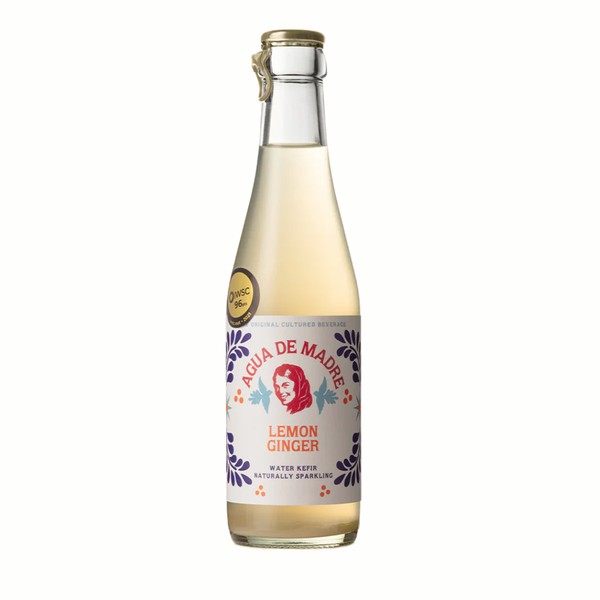
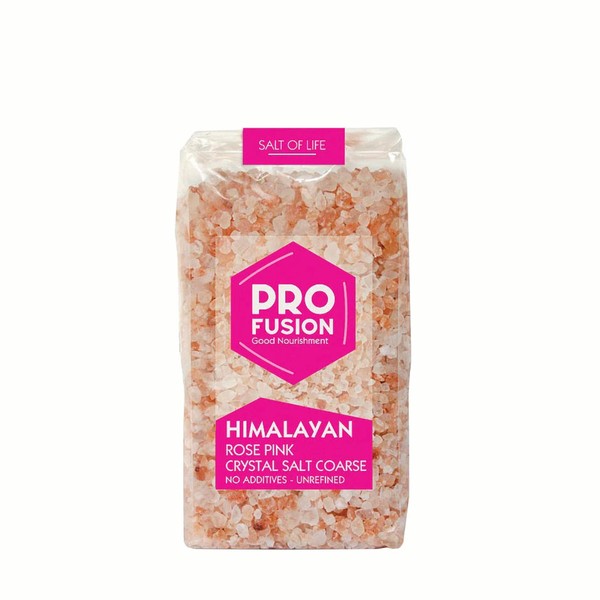
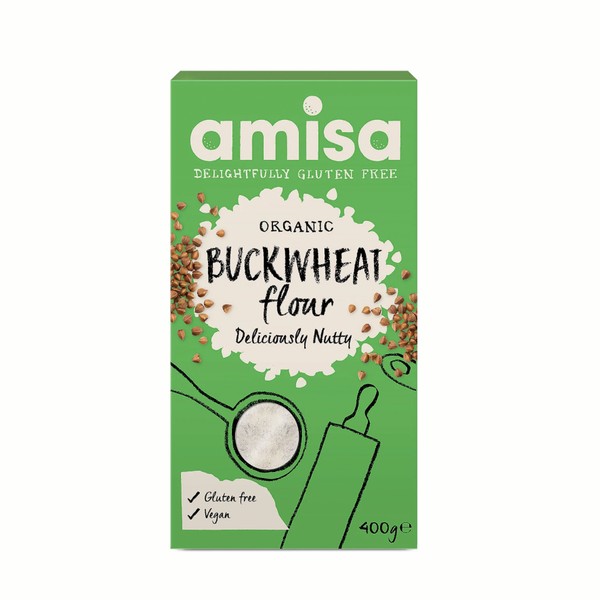
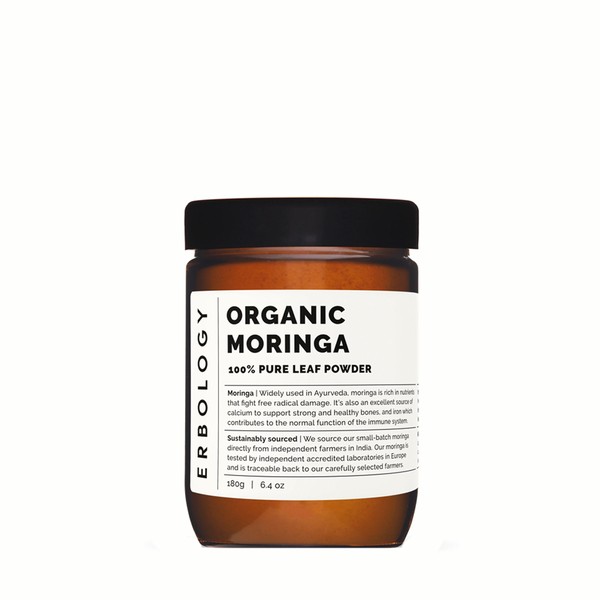
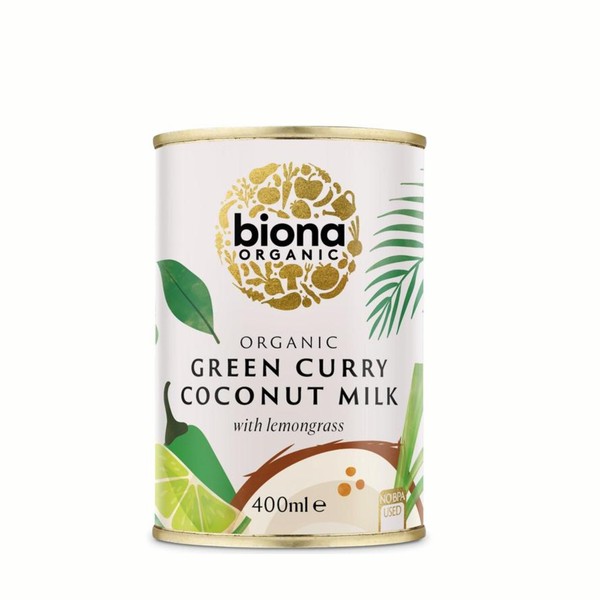
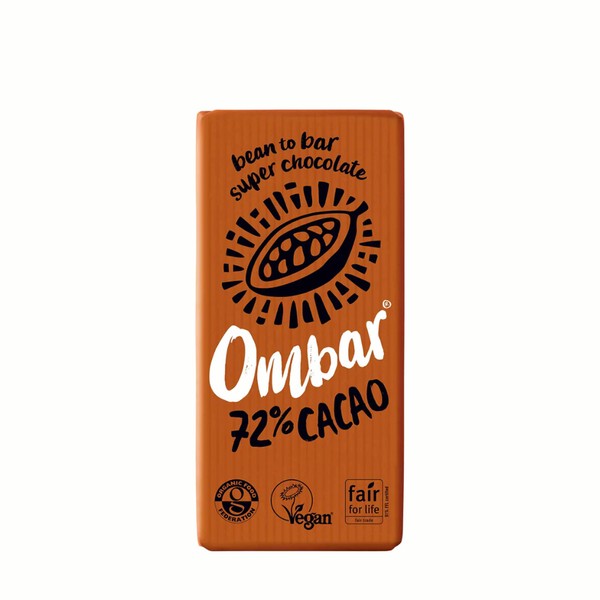
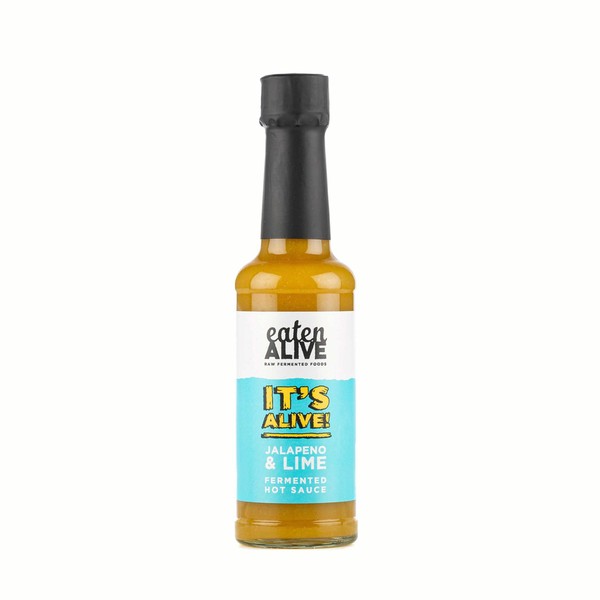
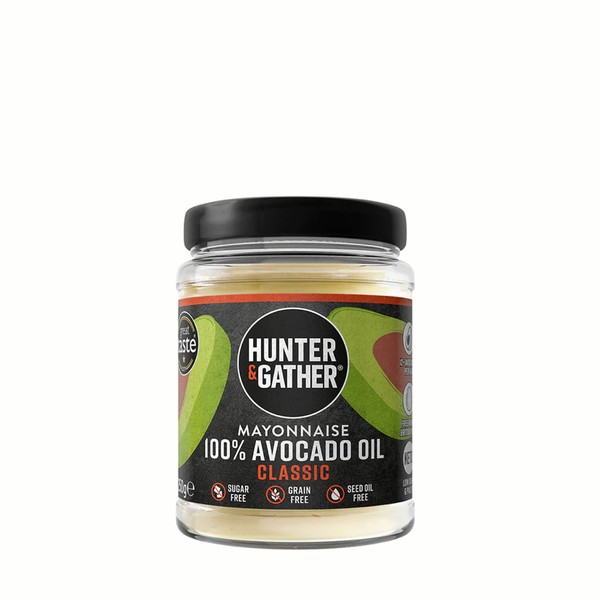
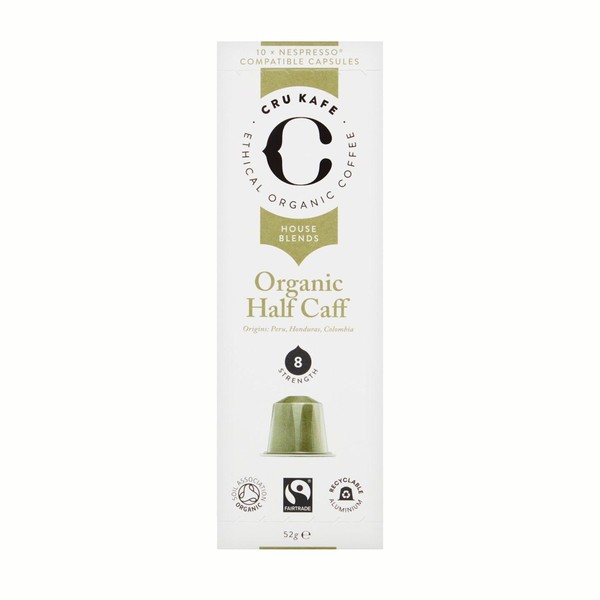
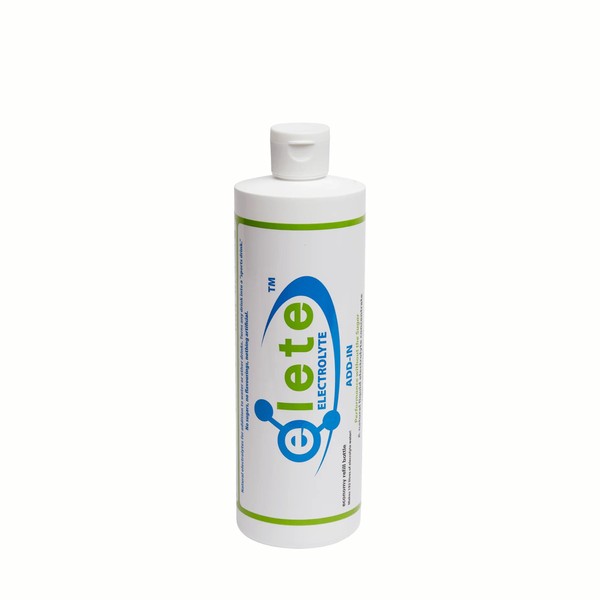

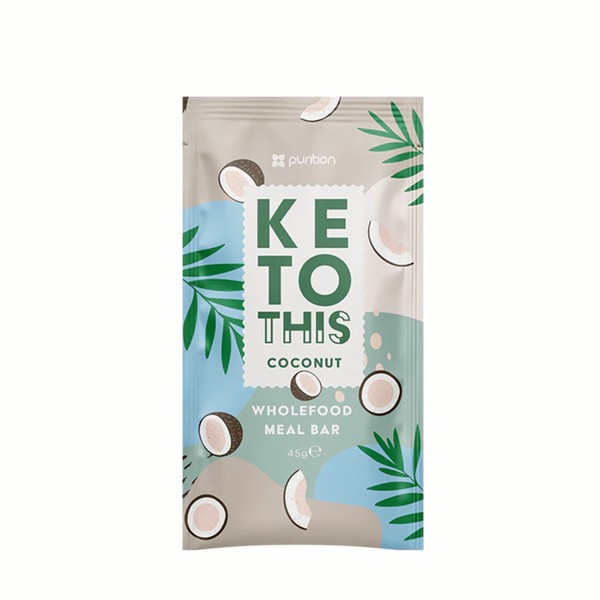
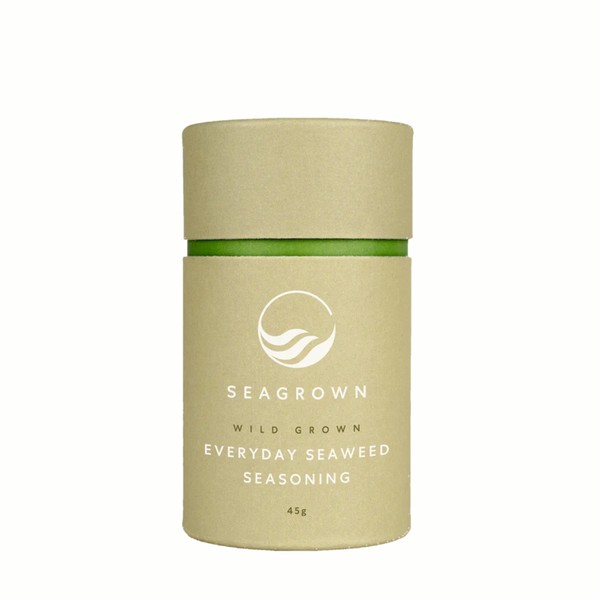
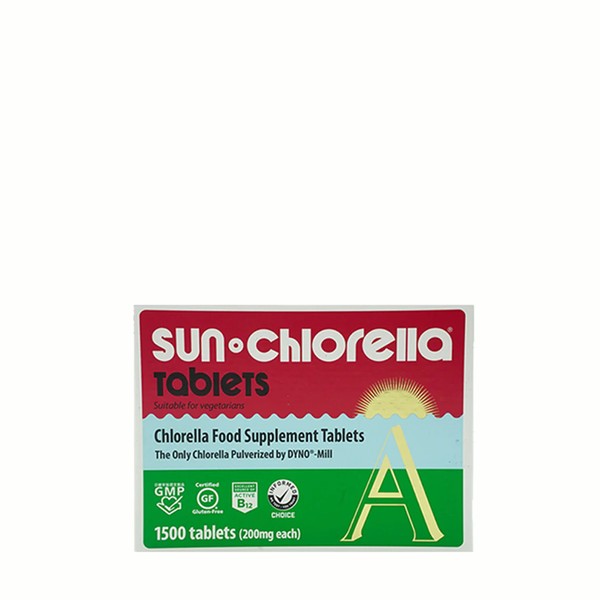
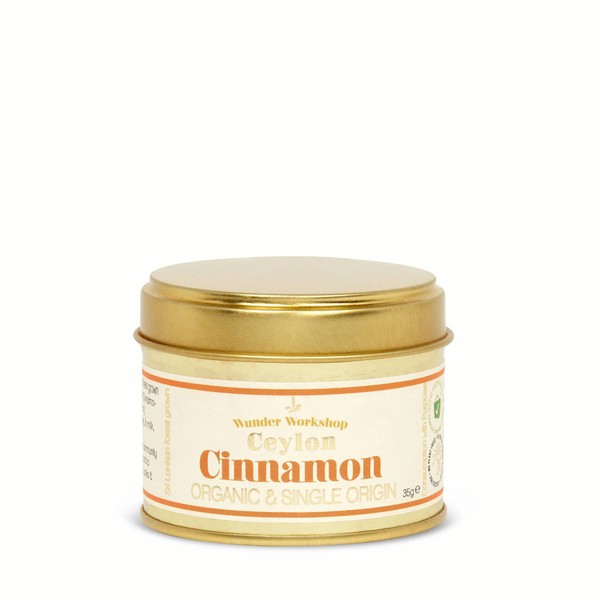

DISCLAIMER: We endeavour to always credit the correct original source of every image we use. If you think a credit may be incorrect, please contact us at info@sheerluxe.com.
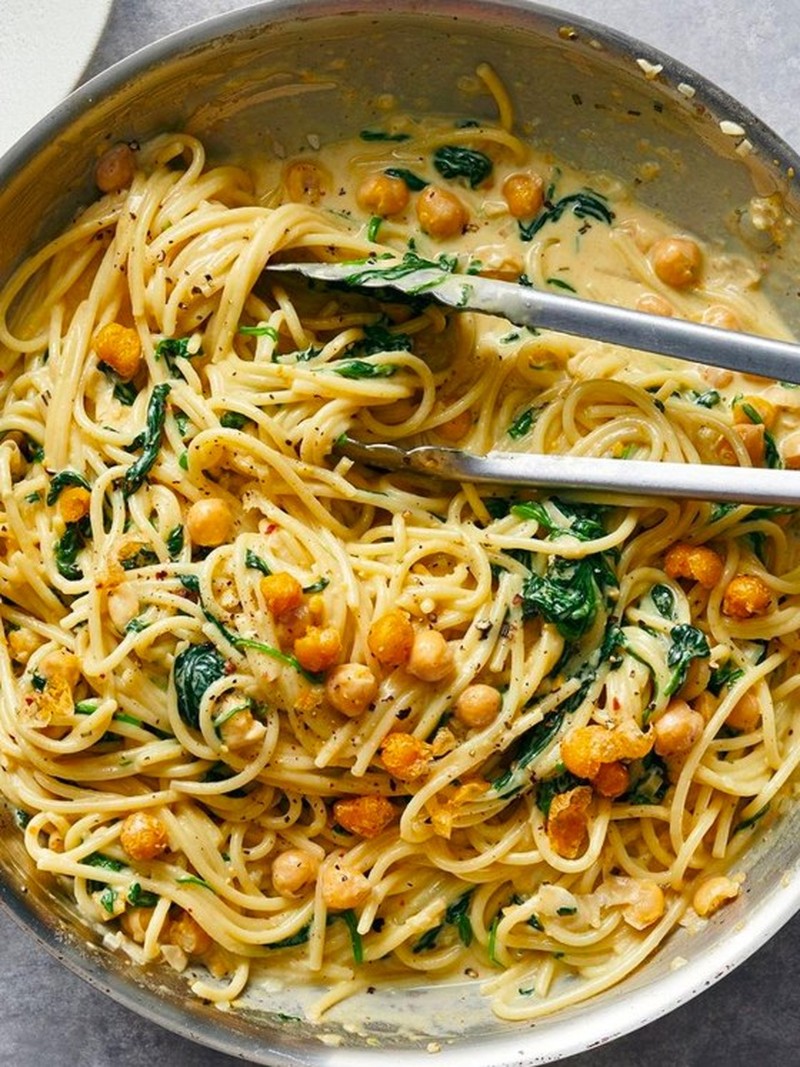

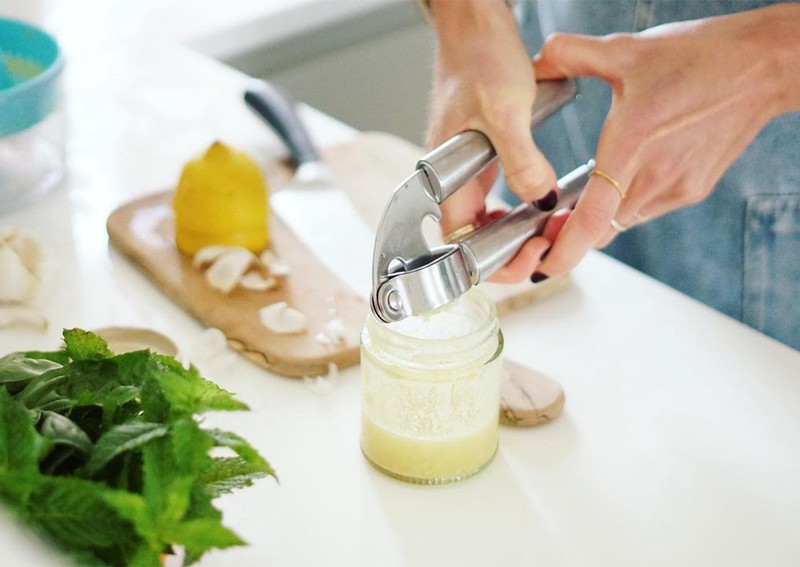
/https%3A%2F%2Fsheerluxe.com%2Fsites%2Fsheerluxe%2Ffiles%2Farticles%2F2023%2F04%2Fnew-sl-healthy-kitchen.png?itok=oMv3b_bR)
